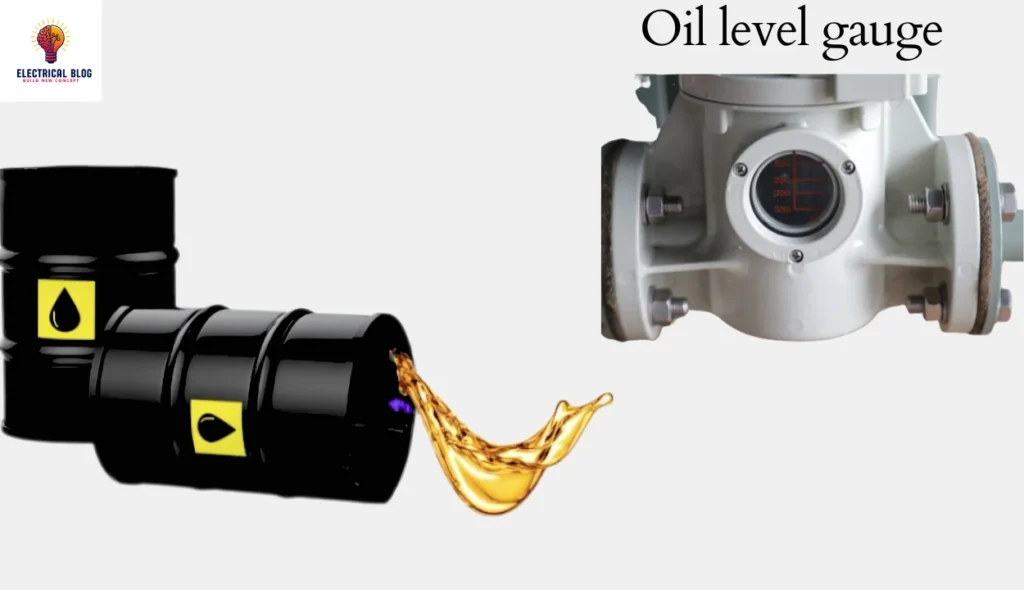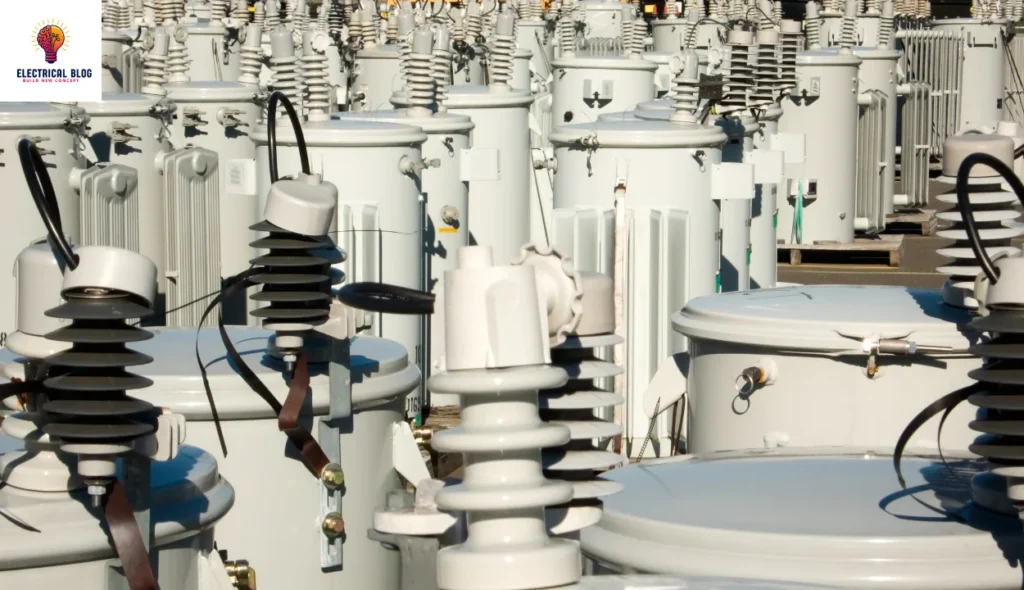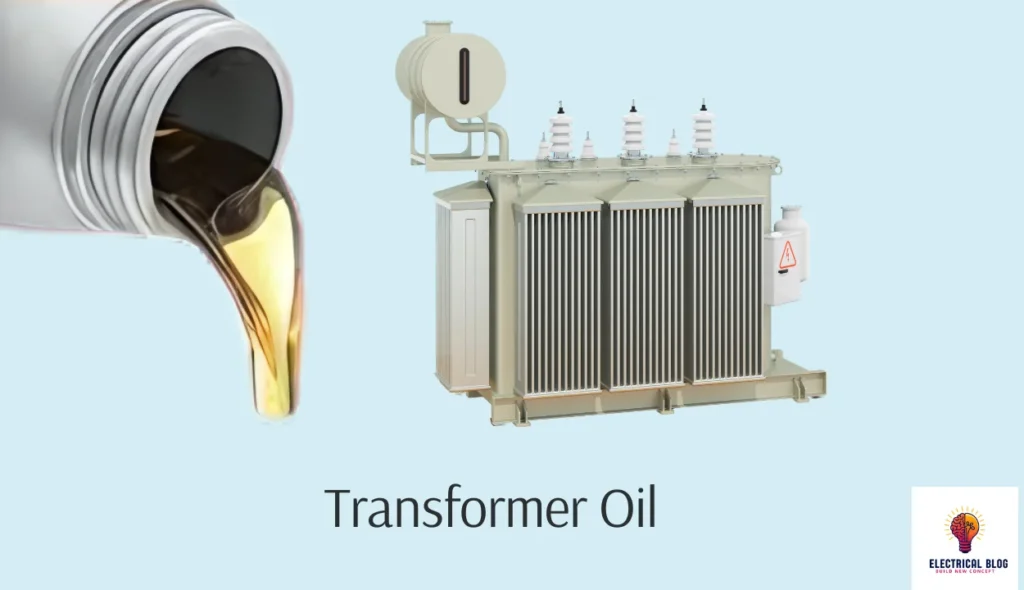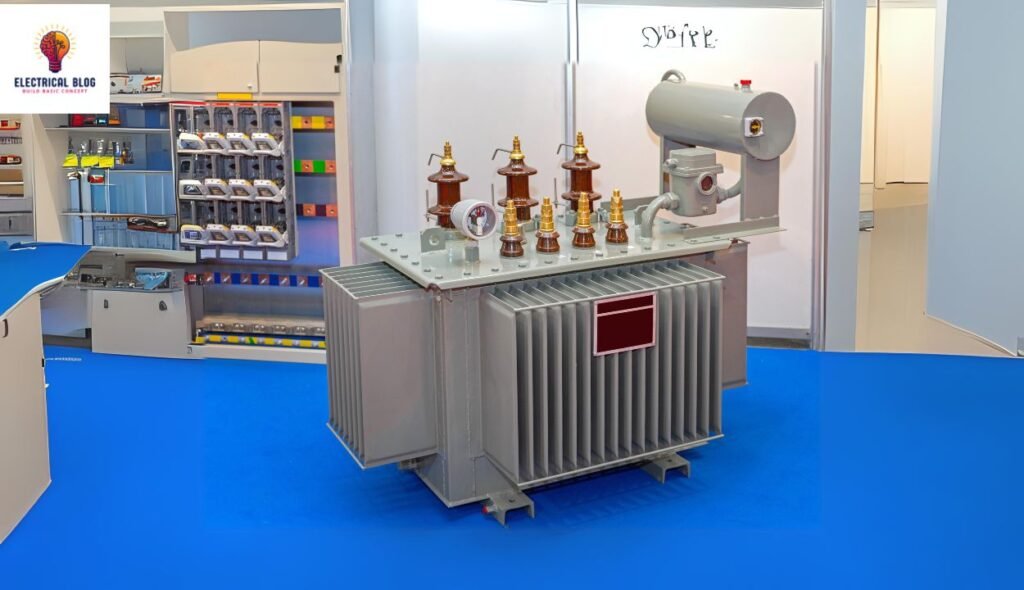Introduction to Transformer Oil
When it comes to transformers, the oil inside plays a crucial role in their operation and performance. From my experience, many overlook how vital it is for both insulation and cooling, which are key to ensuring their reliability and longevity. Choosing the right oil isn’t just about preference—it requires an informed approach based on a comprehensive understanding of its properties and types.
I’ve seen cases where the wrong oil led to reduced efficiency, proving that selecting the optimal one can make all the difference. The decisions made regarding transformer maintenance and equipment care should be backed by detailed research. Each specific application demands careful evaluation of the aspects involved, as efficient insulation and proper cooling directly impact overall performance.
What is transformer oil?
Transformer oil is a special oil that keeps transformers running smoothly by acting as a coolant and helping to insulate their internal parts. It remains stable even at high temperatures, ensuring that electrical components work safely. From my experience, I’ve seen how it’s used in oil-filled systems, including high-voltage capacitors, switches, and breakers, preventing arcing and reducing corona effects. Its properties also help suppress sudden discharge, making it essential in circuit protection, fluorescent lamp ballasts, and other functions in wet environments.
Transformer oil names
Mineral oil
Mineral oil is divided into two types.
Paraffinic oil
Naphthenic oil
Other oils can also be used in transformers.
Synthetic Oil
Silicone Oil
Ester Oil
Functions and Properties of Transformer Oil
Transformer oil is essential for the stability and longevity of electrical equipment. It helps insulate components, preventing arc formation and ensuring safe power transfer. The dielectric properties allow it to withstand high voltages, with a breakdown threshold of 28 kVRMS. The oil also plays a crucial role in cooling, as it circulates through radiators and oil-to-water exchangers to manage heat dissipation. Some large oil-filled transformers rely on natural convection, while others use fans or an exchanger system for improved heat regulation. With a flash point of 140 °C and a pour point below -40 °C, transformer oil remains effective under extreme temperatures.
Before introducing oil into a transformer, a vacuum drying process removes any vapor and moisture, ensuring maximum insulating efficiency. Transformers with a conservator include a reservoir to maintain oil levels and monitor pressure changes. Safety is enhanced with detector devices like the Buchholz relay, which identifies gas accumulation and possible overheating. If dangerous conditions develop, the relay triggers a breaker to remove the transformer from the circuit, preventing damage. These protective measures help maintain operational reliability in high-demand applications.
Handling thousands of kilovolt-ampere loads, transformer oil must maintain its chemical properties and thermal strength for extended periods. In certain cases, self-heating from prolonged operation can lead to sudden breakdowns, making regular maintenance crucial. Safety devices, such as relays, protect against failures by detecting unusual pressure surges or load imbalances. The ability of transformer oil to support conduction and manage heat efficiently makes it an indispensable part of modern electrical infrastructure.

Different Types of Transformer Oil
Mineral oil
Mineral oil is the most commonly used type of transformer oil due to its excellent insulating properties and affordability. However, it has a lower flash point, making it more prone to fire risks. To improve safety, some buildings require alternatives such as vegetable-based oils or dry-type transformers. These options are biodegradable and environmentally friendly but tend to be more expensive. Despite their drawbacks, mineral oil remains widely used due to its stability and effectiveness in mid-sized and large transformers.
Paraffinic Oil
Paraffinic oil is a mineral insulating oil derived from special crudes and contains a substantial amount of n-paraffin. It has a high boiling point of 530°C but a high pour point due to its wax content. While its oxidation resistance is better compared to naphthenic oils, the oxidation products are insoluble within the oil.
Naphthenic Oil
Naphthenic oil is a widely used transformer oil due to its low pour point and excellent insulating properties. It is derived from crudes with minimal n-paraffin, making it more soluble and efficient in heat transfer. With a boiling point of 425°C, it performs well in extreme temperatures, even as low as -40°C. Unlike paraffin-based oils, it produces a soluble sludge, which can be easily removed during maintenance. This prevents piles of deposits that may lead to overheating and reduced service life.
Although naphthenic oil offers superiority in cold climates, it is more prone to oxidation and can become corroded over time. However, its ability to maintain stable viscosity ensures smooth operation under various conditions. Compared to paraffinic oils, it has less wax content, reducing oxidation risks and improving transformer efficiency. Its aromatic components further enhance performance, making it a commonly preferred choice worldwide for electrical systems requiring reliable cooling and insulation.
Ester Oil
For applications requiring high-fire-risk protection, esters have become a reliable choice. Synthetic and natural esters offer a higher flashpoint, reducing the risk of fire in indoor applications. They are biodegradable, making them an eco-friendly alternative to mineral oil. However, their oxidation resistance varies, with some showing degradation after 48 hours, while others last up to 500 hours in an oxygen-rich environment. These oils are ideal for closed systems to prevent water and contaminants from reducing their efficiency.
Silicone Oil
Silicone and fluorocarbon-based oils are also used, particularly in high voltages such as 230 kV and 380 kV transformers. These oils have superior thermal stability, preventing leaks and degradation over extended periods. However, they are much more expensive than other alternatives, limiting their use to utilities that require maximum reliability. Some transformers also feature hermetic sealing and rubber bag designs to minimize oxygen ingress. These setups ensure consistent thermal performance while avoiding rapid oxidation.
Nanofluids
Emerging technologies include nanofluids, which researchers are exploring for their ability to enhance insulating and thermal properties. Additives in these fluids help improve heat transfer and reduce contraction and expansion effects in power equipment. Some new formulations, including coconut, soy, and rapeseed oils, are being tested for their ability to perform in extreme temperatures. However, certain pentaerythritol tetra fatty acid esters are unsuitable for high voltages or cold climates. Ongoing research continues to develop alternatives that balance performance, cost, and environmental impact.

Polychlorinated Biphenyls (PCBs)
Polychlorinated biphenyls (PCBs) were once widely used in transformers due to their strong dielectric properties and insulating abilities. They were highly widespread in the industrial sector because of their strength and chemical stability. However, they were later found to be toxic, bioaccumulative, and difficult to handle, leading to serious contamination risks. In 1979, the USA banned their production under the Toxic Substances Control Act due to their harmful byproducts. Despite this, some old equipment and drums still contain traces of PCBs, making removal and proper disposal necessary.
To address contamination, PCB-free restoration processes have been developed, including dechlorination methods. These involve a chemical reaction using alkali dispersion to strip chlorinated compounds from the oil. After treatment, the fluid is separated using a centrifuge, ensuring that the hazardous sludge is properly handled. The cleaned oil can then be reclaimed and reused in transformers while meeting strict regulations. This process reduces toxicity and prevents harmful dibenzofurans and dioxins from forming when burned.
Even though PCBs are no longer in new transformers, some areas still struggle with contaminated systems. In states like California, strict laws classify oils with more than 5 parts per million of PCBs as hazardous waste. This makes proper removal essential to avoid long-term environmental damage. Many pumps, hoses, and portions of old materials still have traces of PCBs, increasing the risk of contamination. Companies must follow strict disposal rules to safely handle and destroy these harmful substances.
Today, efforts to reclaim and replace PCB-containing transformer fluid continue across the industry. Many old systems undergo destruction, with experts working to prevent further proportions of contamination. Advanced insulating fluids now replace mineral oil-containing PCBs, ensuring safer and flame-resistant operations. Moving forward, researchers are focused on creating safer alternatives that maintain high dielectric strengths without environmental risks. The transition to non-toxic solutions ensures a cleaner and more sustainable future for electrical infrastructure.
Testing and Oil Quality of Transformer Oil
Oil used in transformer systems must maintain its dielectric and insulation properties to ensure safe and reliable operation. Over time, mechanical stresses, temperature changes, and chemical interactions cause oil provided in an oil-filled transformer for essential cooling and insulation to degrade. This leads to contamination, reduced resistivity, and an ineffective insulating medium. Regular testing helps detect abnormalities early, preventing costly overhauls and damage to windings and other electrical components. Experts recommend bi-yearly checks for general oil conditions and yearly dissipation and furan tests to identify internal transformer issues. You can also read Transformer Oil BDV Test.
The ASTM, British, and International Commission provide methods for evaluating oil quality. These tests assess flash point, pour point, viscosity, and density to determine if the oil is still suitable for further use. Filtration and treatment processes can restore oil, improving its physical properties. If tested oil shows significant degradation, it must be replaced to avoid further breakdown and neutralization failures. A large apparatus like a transformer requires regular analysis to monitor sludge, water, and PCB levels, ensuring long-term efficiency.
Suggested intervals for testing include yearly gas analysis and biannual general and physical assessments. If internal faults are suspected, paper insulation tests are also performed. Maintaining high oil quality reduces the risk of solid deposits and breakdowns, ensuring smooth transformer performance. Kinematic assessments further evaluate how oil responds under different conditions, helping extend service life. Proper treatment and monitoring keep transformer systems running efficiently while minimizing failures.
On-Site Testing of Transformer Oil
On-site testing ensures transformers operate safely by detecting faults early. A portable apparatus is applied in the field to check insulating strength, breakdown levels, and voltage consistency. The test involves a sample placed in a vessel with electrodes at a clearance of 2.5 mm, and the voltage is increased at 2 kV/s until a failure occurs. The root mean square value is measured and reported while an online monitor tracks trends for further analysis.
Dissolved gas checks identify early faults.
Breakdown tests find weak insulating points.
Carbonization issues are detected through burning analysis.
Standard-compliant measurements ensure accurate results.
Ultra-fast response prevents further damage.
Slew rate testing maintains testing precision.
Switched testing repeats to ensure consistency.
Individual results are averaged as mean values.
Conclusion
Regular on-site testing of transformer oil is essential to ensure safety, efficiency, and long-term reliability. By using portable apparatus and conducting breakdown, insulating, and dissolved gas tests, potential failures can be detected early. Monitoring trends with online systems helps prevent carbonization and other pollution risks. Ensuring standard-compliant procedures with precise measurements and mean value calculations guarantees accurate results, maintaining optimal transformer performance.
FAQs on Transformer Oil
Is 335 transformer oil?
No, IS 335 is not a type of transformer oil but an Indian Standard (IS 335) specification that defines the quality and performance requirements for mineral insulating oil used in transformers and other electrical equipment. It ensures the oil meets safety, dielectric, and thermal stability standards.
Is transformer oil flammable?
Yes, transformer oil is flammable, but its flash point varies depending on the type. Mineral oil-based transformer oils have a lower flash point, making them more prone to fire risks. Alternatives like synthetic esters and silicone-based oils have higher flash points, reducing flammability.
When to change transformer oil?
Transformer oil should be changed when insulation properties degrade, or contamination is detected. Regular testing, including dissolved gas analysis (DGA), breakdown voltage, and moisture content checks, helps determine the right time for replacement. If sludge, oxidation, or high acidity is found, the oil should be filtered or replaced to maintain transformer efficiency.
How to check the transformer oil level?
To check the transformer oil level, inspect the oil level gauge located on the transformer’s conservator tank. Ensure the oil is within the recommended range, neither too high nor too low. For sealed transformers, a visual inspection or using a dipstick may be required. If levels are low, check for leaks before refilling with the appropriate transformer oil.



